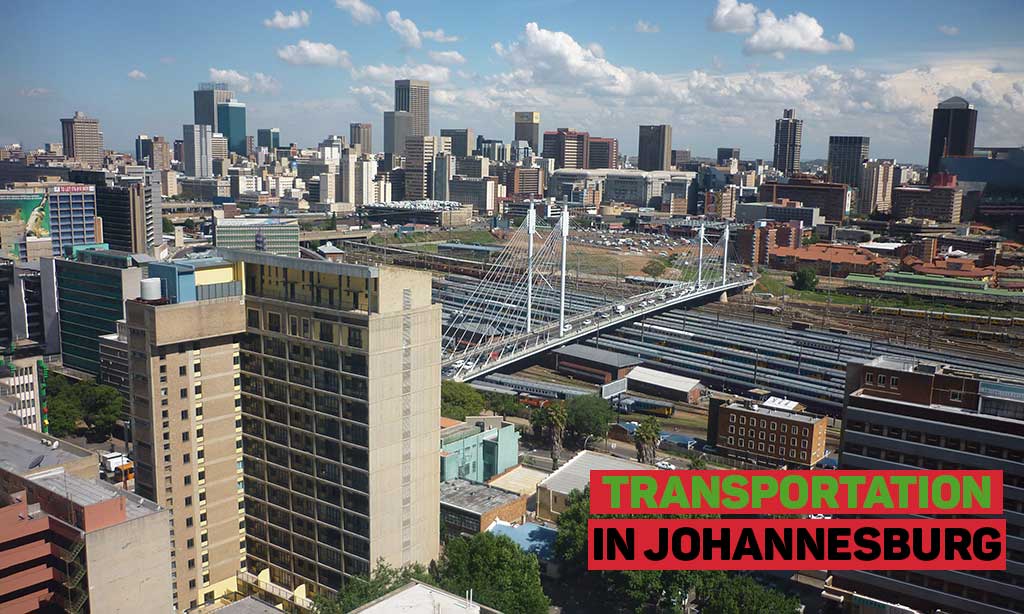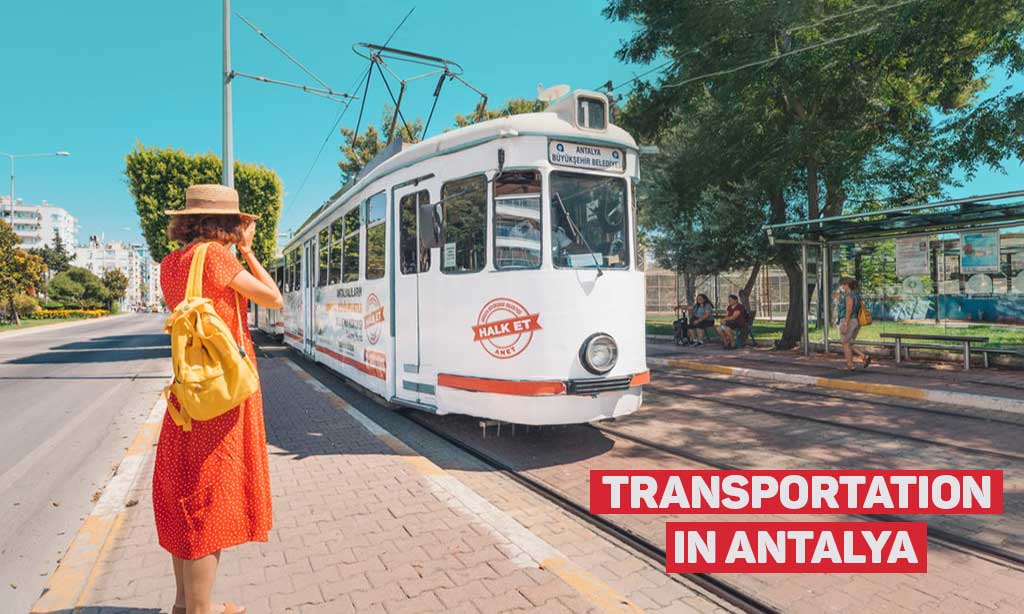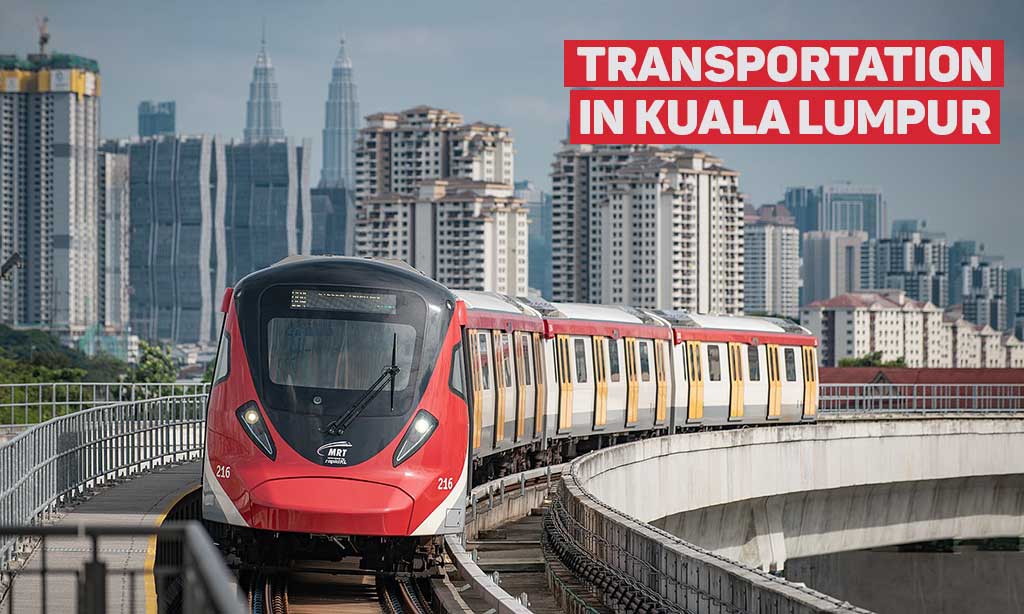Transportation Overview: Japan boasts a modern and highly developed transportation system. The country’s transport sector is known for its energy efficiency, primarily due to a significant share of rail transport and shorter overall travel distances. Japan’s transportation is also internationally recognized for its punctuality, especially the trains. The country has an extensive network of roads, railways, and airports, ensuring seamless connectivity throughout the nation.
Operators: Several railway companies operate in Japan, including the seven JR Group companies, Kintetsu Railway, Seibu Railway, and Keio Corporation. These companies often have strategies that include real estate or department stores adjacent to stations.
Rapid Transit Systems: Railways play a crucial role in Japan’s transportation, especially for mass and high-speed transport between major cities and for commuter transport in metropolitan areas. The Shinkansen, colloquially known as “bullet trains”, are high-speed rail trains that traverse Japan. These trains are known for their safety and punctuality. Cities like Tokyo, Osaka, Kyoto, and Nagoya have subway systems, ensuring efficient intra-city travel.
Major Airport Services: Japan has 176 airports, with Haneda Airport being the busiest domestic airport in Asia. The primary international gateways include Narita International Airport (Tokyo area), Kansai International Airport (Osaka/Kobe/Kyoto area), and Chūbu Centrair International Airport (Nagoya area).
Commuter Rail: Japan’s commuter rail system is extensive, with several Japan Railways Group companies covering most parts of the country. There are also private rail services operated by private companies, regional governments, and collaborations between regional governments and private entities.
Buses: Bus companies, including the JR Bus companies, offer long-distance bus services on Japan’s expanding expressway network. These buses are popular for night travel when train and air services are limited.
Table: Transportation Systems:
| Transportation | Operator Name | Website URL |
|---|---|---|
| Train | JR Group | JR Group Website |
| Metro | Tokyo Metro | Tokyo Metro Website |
| Bus | JR Bus | JR Bus Website |
Guide on Ticket Purchasing: In Japan, there are multiple ways to purchase tickets for public transportation. Traditional paper tickets can be bought at stations. Additionally, Japan offers various smart cards like Suica and Pasmo, which can be topped up and tapped at entry and exit points. Many transportation systems also accept contactless payment methods, allowing travelers to tap their credit or debit cards directly.
Major Passenger Airports and Ways to City Centre: The major airports in Japan include Narita International Airport, Haneda Airport, Kansai International Airport, and Chūbu Centrair International Airport. Most of these airports are well-connected to city centres through express trains, buses, and taxis.
Walking & Biking Facilities: Walking and biking are popular modes of transportation in Japan, especially in urban areas. Many cities have dedicated pedestrian zones and cycling paths. The government promotes walking and cycling as eco-friendly modes of transportation, and there are numerous facilities, including bike rental services, available for residents and tourists.





